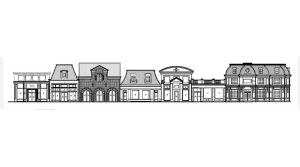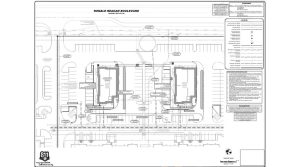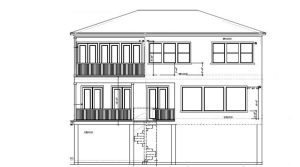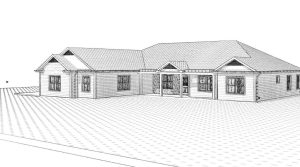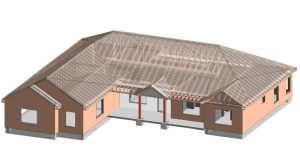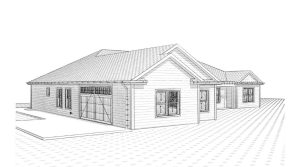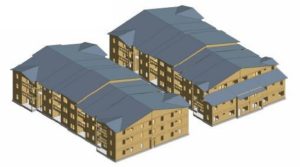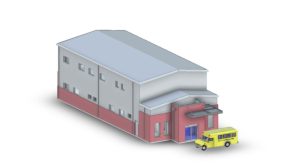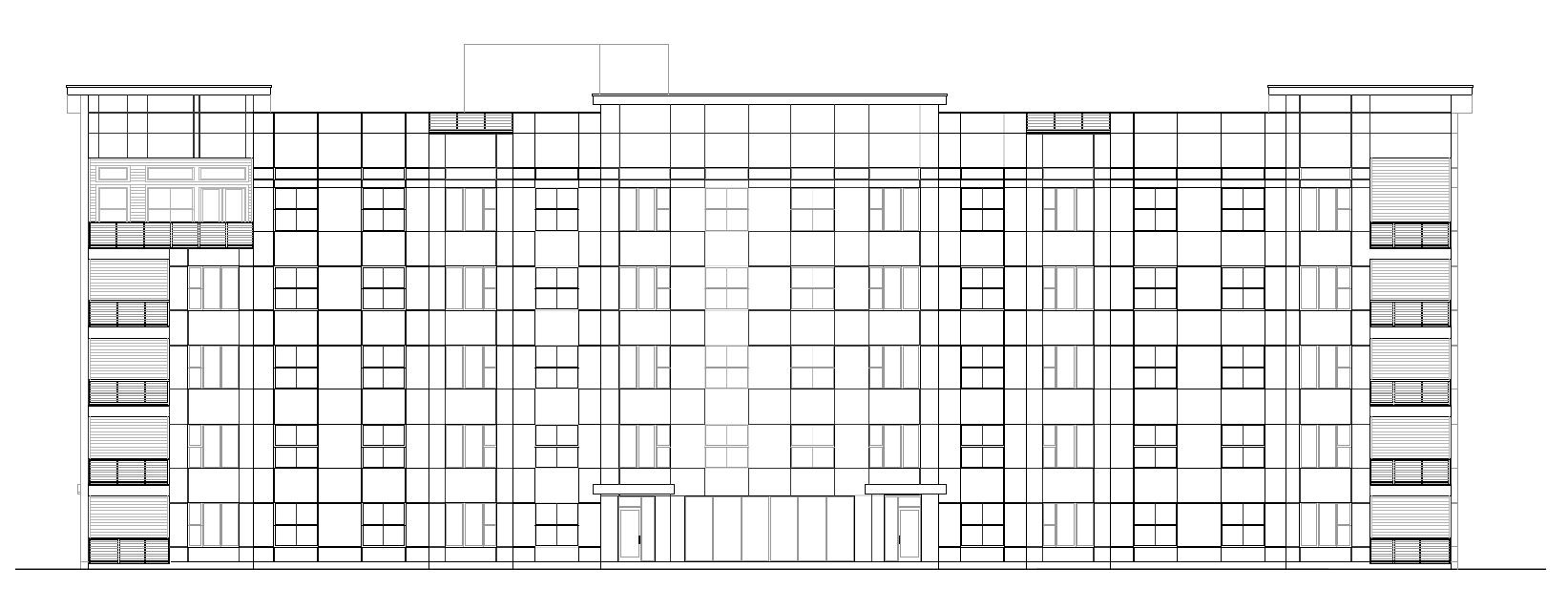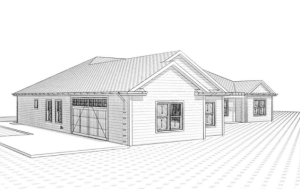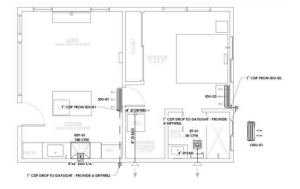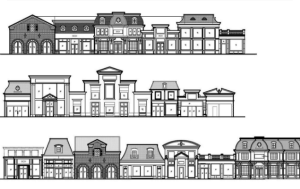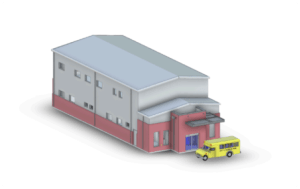What Does a Structural Engineering Firm Do? A Complete Overview
Structural engineering is the backbone of safe, durable, and efficient buildings. Whether it’s a soaring skyscraper, a bridge spanning a river, or a family home, a structural engineering firm ensures that every structure is designed to stand the test of time. Their work blends science, mathematics, materials expertise, and creativity to deliver solutions that meet safety standards while being practical and cost-effective.
The Scope of Structural Engineering
A structural engineering firm specializes in designing and analyzing load-bearing systems. Their primary goal is to ensure that buildings and other structures can withstand various forces — from gravity to environmental stresses such as wind, earthquakes, and snow.
Core Responsibilities
- Structural Analysis: Evaluating loads, forces, and stress points using advanced modeling tools.
- Design: Creating detailed plans for beams, columns, foundations, and other structural components.
- Coordination: Working with architects, MEP engineers, and contractors to avoid conflicts.
- Quality Control: Inspecting construction to ensure compliance with the design.
- Rehabilitation and Repairs: Upgrading or fixing existing structures to meet current standards.
Services for Residential Projects
A structural engineer for homes focuses on ensuring safety, functionality, and longevity in residential properties. Services include:
- Foundation Design: Matching foundation types to soil conditions to prevent settling.
- Framing Plans: Designing structural layouts for floors, walls, and roofs.
- Load-Bearing Wall Assessments: Determining which walls can be removed for open layouts.
- Damage Assessments: Evaluating cracks, sagging, and storm-related damage.
- Home Additions: Ensuring new structures integrate seamlessly with existing ones.
Example: Home Addition Project
A homeowner wanted to add a second floor to a single-story home. The structural engineering firm evaluated the foundation and framing, then reinforced key supports before construction began — ensuring safety and code compliance.
Commercial and Industrial Projects
Large-scale projects require complex structural solutions:
- High-Rise Buildings: Designing frames to withstand high wind and seismic loads.
- Bridges: Balancing load capacity with efficient use of materials.
- Industrial Facilities: Supporting heavy equipment and specialized processes.
- Public Infrastructure: Creating long-lasting solutions for roads, dams, and stadiums.
Case Study: Industrial Facility Upgrade
An aging manufacturing plant needed to install heavy new machinery. The engineering firm reinforced floor slabs and redesigned load paths to handle the increased weight without interrupting operations.
Code Compliance and Safety
Every project must meet strict building codes and safety regulations. A structural engineering firm stays up to date on these requirements, ensuring:
- Faster permitting
- Compliance with local, state, and national laws
- Adherence to industry standards such as AISC, ACI, and ASCE
Technology in Structural Engineering
Modern firms leverage advanced tools to improve accuracy and efficiency:
- Building Information Modeling (BIM): Enhances coordination with other disciplines.
- Finite Element Analysis (FEA): Simulates structural behavior under different conditions.
- 3D Scanning: Captures precise existing conditions for renovations.
These tools allow engineers to detect potential issues before construction begins, saving time and costs.
When to Hire a Structural Engineer for Homes
Homeowners might need a structural engineer for homes when:
- Building new construction
- Adding extensions or extra stories
- Removing or altering load-bearing walls
- Repairing storm or earthquake damage
- Preparing for the sale of a home with visible structural issues
Sustainability and Innovation
Many firms now incorporate sustainable practices:
- Using recycled or low-carbon materials
- Designing for energy efficiency
- Reducing material waste through optimized designs
Innovations like modular construction and prefabricated components can reduce construction timelines and environmental impact.
Choosing the Right Structural Engineering Firm
When selecting a firm, consider:
- Experience: Look for projects similar to yours.
- Reputation: Read reviews and request references.
- Expertise: Ensure the firm is skilled in the latest technology and codes.
- Communication: A collaborative approach reduces project risks.
Trends in Structural Engineering
Emerging trends are shaping the industry:
- Resilient Design: Structures built to withstand extreme climate events.
- Smart Materials: Self-healing concrete and advanced composites.
- Automation: AI-assisted design and automated inspections.
- Parametric Design: Using algorithms to create efficient, adaptable structures.
Conclusion
A structural engineering firm plays a vital role in bringing architectural ideas to life safely and efficiently. Whether you’re planning a high-rise development, a bridge, or a residential remodel, their expertise ensures that the finished structure is safe, durable, and cost-effective.
For expert advice or to hire a structural engineer for homes, visit GDI Engineering’s Services.




